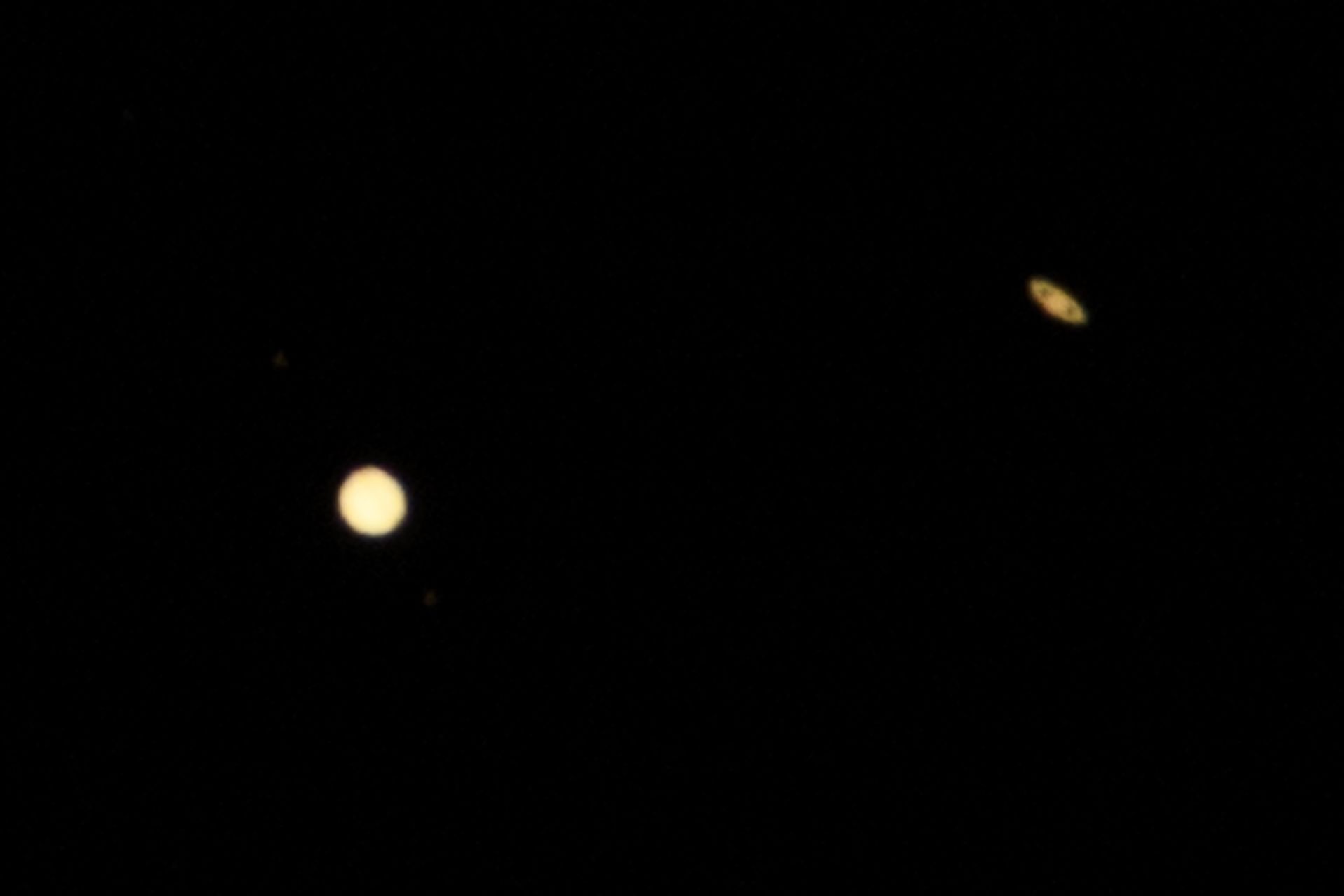
Stargazing enthusiasts, take note: starting tonight at sunset and continuing through Saturday, January 25, a rare celestial event will unfold, with Venus, Mars, Jupiter, Saturn, Uranus and Neptune all visible together for several hours.
From Tuesday, January 21 to Saturday, January 25, early in the evening (around 7:50 PM local time), six planets in our solar system will be visible together at the same time in the night sky.
These planets will stretch across over half the sky, forming an arc from the northeast to the west in the Northern Hemisphere and from the north in the Southern Hemisphere. As the Earth rotates, the planets will slowly move westward before setting.
Venus and Saturn will be the first to appear, followed by Jupiter, with Mars making its appearance towards the end of the night.
The four brightest planets – Venus, Mars, Jupiter and Saturn – will be visible to the naked eye.
However, to spot the more distant planets, Uranus and Neptune, you’ll need a telescope or binoculars, ideally observing them from a rooftop or terrace.
A Planetary Alignment
While it’s not uncommon for several planets to align on the same side of the Sun and appear in our sky simultaneously, what makes this event particularly remarkable is that nearly all the planets in the solar system will be visible during this period. This is what astronomers call a “grand planetary alignment.”
The rarity of such an alignment stems from the fact that the most distant planets orbit much more slowly around the Sun (about 84 years for Uranus and 164 years for Neptune). As a result, an alignment involving the outermost planets is an incredibly rare event.
Such alignments occur frequently over a few years, but long gaps – sometimes lasting centuries – often follow before they recur.
According to calculations, the last alignment took place in 950, and the next one may not occur until around 2800.
What makes this event especially exciting is that, for the first time in a long while, all six planets will appear aligned from Earth’s perspective, as they will be positioned “on the same side” of the solar system, as explained by astronomers.
In reality, the planets won’t be perfectly aligned. The term simply refers to their positions in the sky, which will appear to form a line.
Astronomers call this curved trajectory “the ecliptic.” It’s not a straight line but an arc that continuously shifts direction.
Some refer to this apparent alignment in space as a “parade” or “procession” of planets, though neither term is officially recognized by astronomers.
How to Identify and Best Observe the Planets?
To distinguish the planets from stars, remember this key point: unlike stars, planets do not twinkle.
Jupiter and Venus are easily spotted due to their strong brightness, while Mars can be identified by its distinct reddish-orange shade.
For optimal viewing, find a spot away from city lights and any sources of light pollution. Ensure your line of sight is clear, free from any obstructions like buildings or trees.
Cloudy Skies? No Worries, Another Opportunity Awaits!
However, as astronomy is highly influenced by the whims of the weather, clouds may very well disrupt the event. But worry not – other occasions are coming, including February 28, when Mercury will join the celestial show, forming a stunning parade of seven planets in the early evening.
Another event to anticipate, according to astronomers, is a third alignment, expected to occur late at night in mid-August 2025.
So, tonight presents a fantastic opportunity to look up and marvel at the beauty of our solar system.


Comments